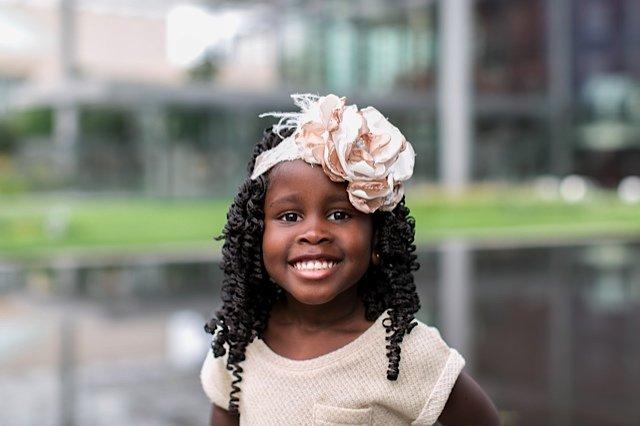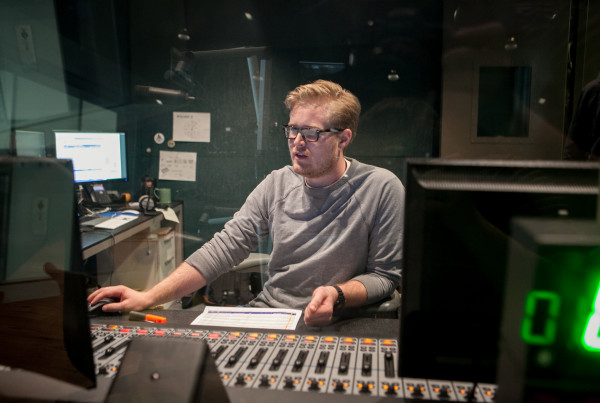From KERA Breakthroughs:
Esther Savage loves a lot of things. She loves practicing her cartwheels. She loves light saber duels with her mom – and tickle fights. Her giddy laughter is infectious. And like many 5-year-olds, she loves singing along to “Frozen.”
Just a few years ago, though, Esther wasn’t singing or saying anything.
“She was a healthy, normal baby girl, and she was not hearing. She didn’t hear anything. She had no sound at all,” said Tiffany Savage, who adopted Esther in 2012.
Esther was just a toddler in an orphanage in Haiti. Savage said when Esther was about 16 months old, she contracted severe meningitis, which damaged the hair follicles in her inner ear.
“She lived through the process but completely lost her hearing,” Savage said. “So she went from the orphanage to the hospital, came back home deaf, and then from that point until we picked her up, nobody realized she wasn’t hearing anything.”
For eight months, Esther’s world was silent. She couldn’t communicate, and her hearing loss went neglected. The Savages found her a doctor immediately after they brought her home from Haiti – and after extensive research, decided to give Esther cochlear implants.
“When we turned it on, it wasn’t like the magical ‘turn on’ experience that you see on YouTube of ‘here’s my mom’s voice for the first time; I’m excited,’” Savage said. “It was scary to her because she hadn’t had sound in a while. But the good thing for her is that she had had sound. So quickly – I would say within a week or less than a week – she was excited.”
Since 2012, about 38,000 hearing aid devices have been implanted in children.
Jennifer Lake is an audiologist with Cochlear Americas, the company that developed the technology. She said catching hearing loss in toddlers like Esther can be tricky – because it can be hard to tell if little kids are actually having trouble communicating or simply learning the fundamentals of speech. But there are detectable signs.
















